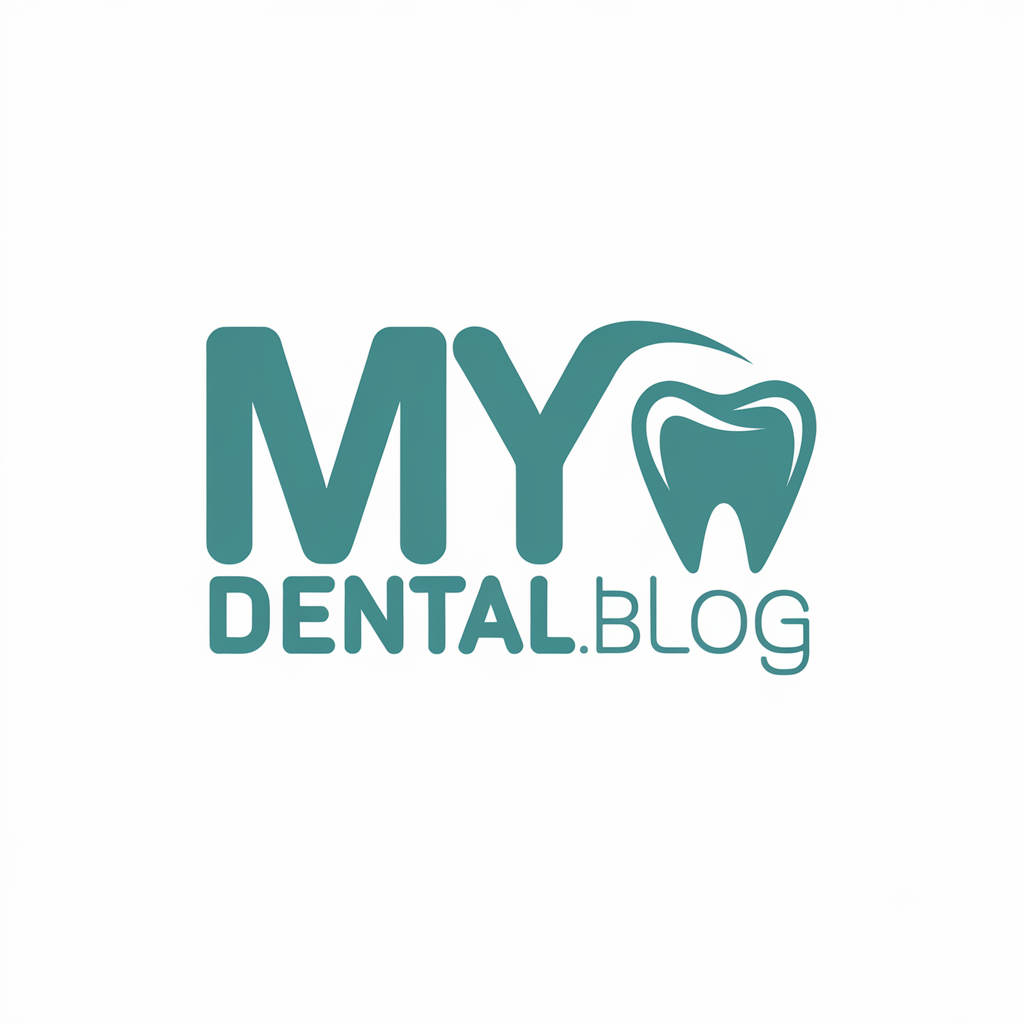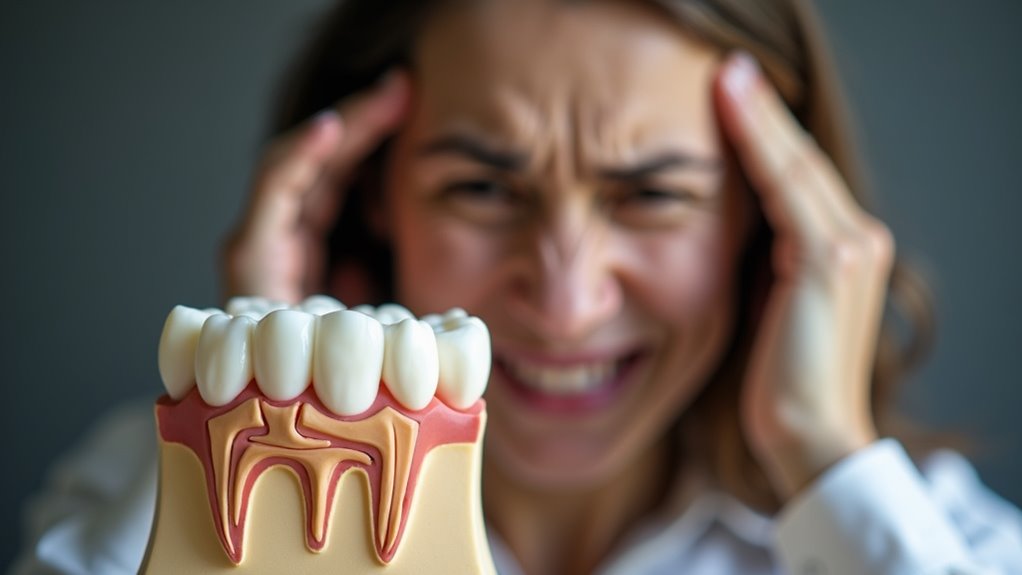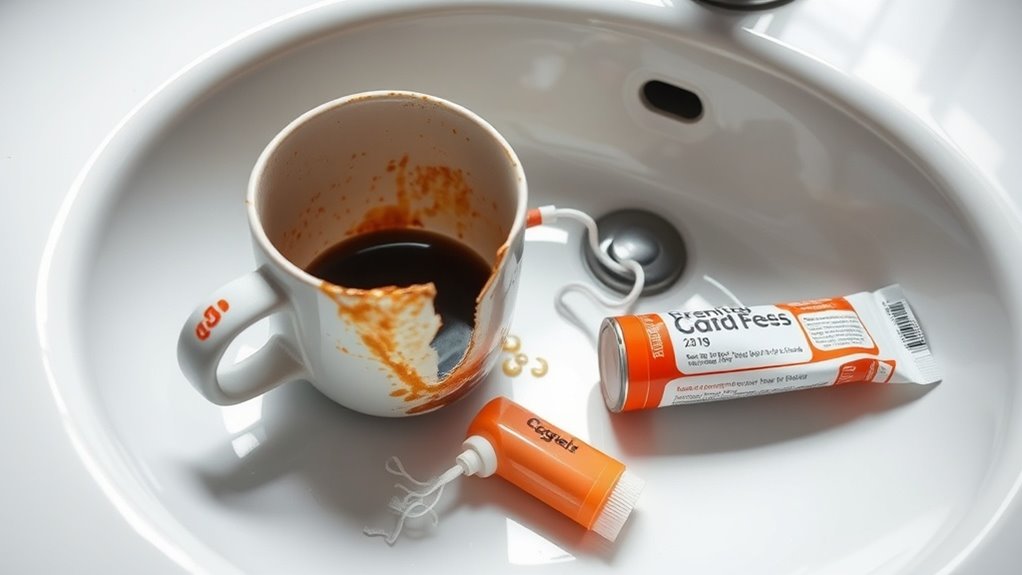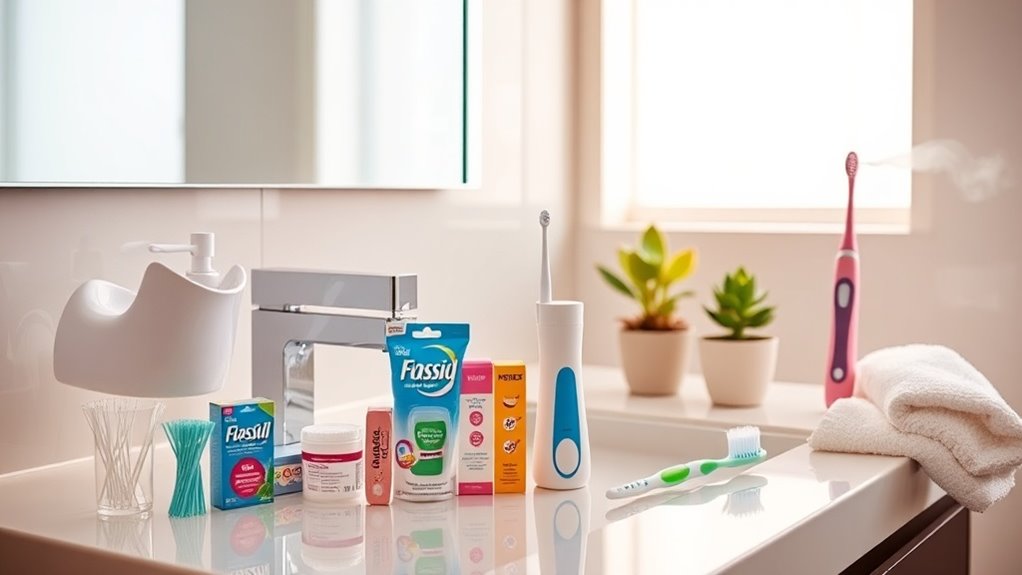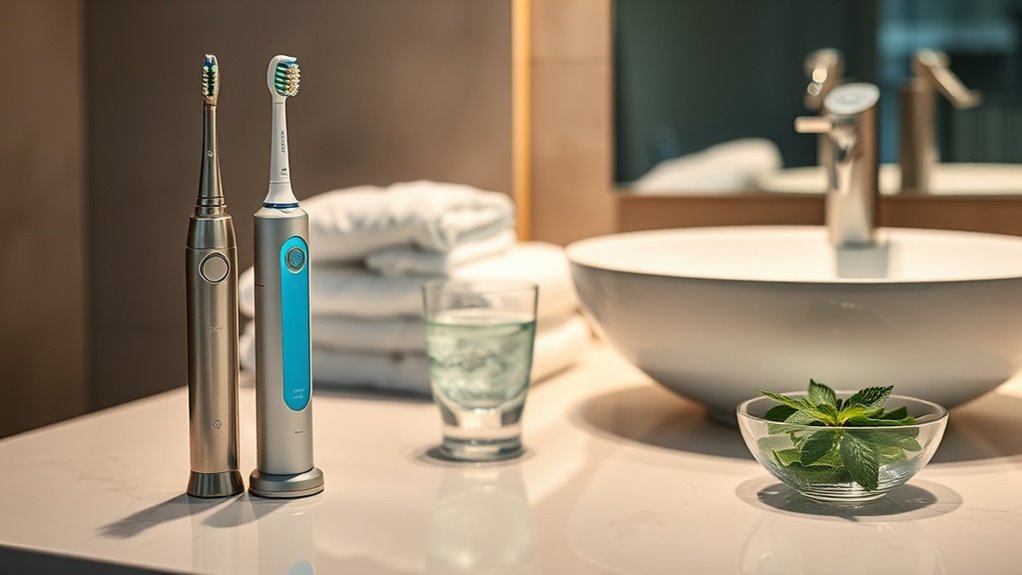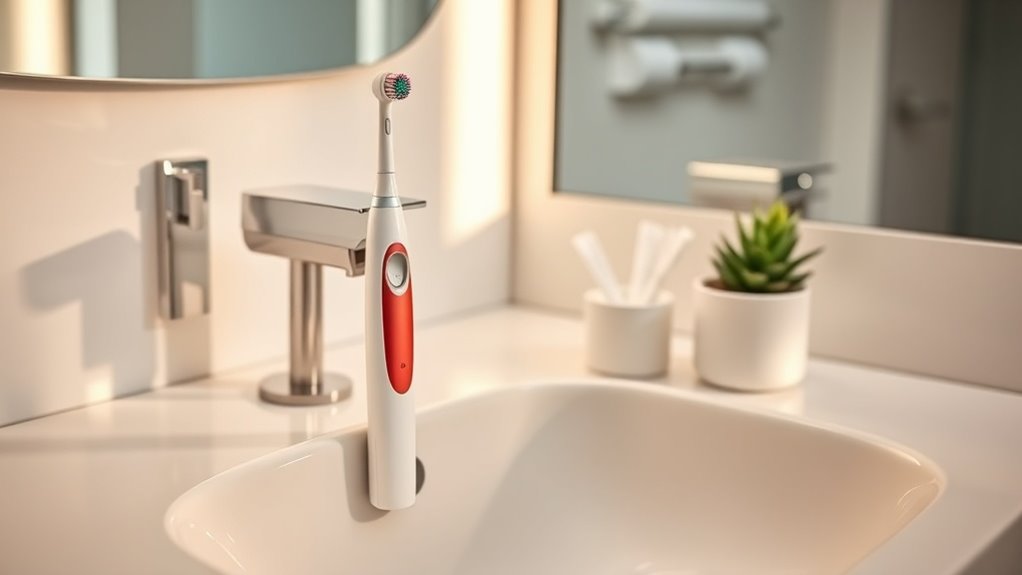A Hidden Dental Issue Could Be Causing Your Migraines!
If you’ve struggled with migraines, the source of your pain might be hidden where you least expect it – in your mouth. While you’re focusing on common triggers like stress, food, or hormones, dental issues could be the real culprit behind those debilitating headaches. From misaligned jaws to nighttime tooth grinding, these overlooked problems can spark intense migraine episodes. Understanding this connection could be your first step toward finding relief.
The Link Between Dental Problems and Migraine Pain
While many migraine sufferers focus on common triggers like stress or diet, dental problems can be a hidden source of chronic headache pain. Your jaw alignment, tooth grinding, and untreated cavities create tension that radiates through the trigeminal nerve – a key pathway connected to migraine attacks.
Recent research has revealed that dental issues and migraines frequently occur together, with up to 85% of headache patients showing signs of temporomandibular joint (TMJ) dysfunction.
When your bite is misaligned or you’re clenching your teeth at night, it strains the muscles and nerves throughout your head and neck. This chain reaction can trigger intense migraine episodes that seem unrelated to your oral health.
You’ll want to pay attention to symptoms like jaw clicking, tooth sensitivity, or morning headaches. These could indicate underlying dental problems that are contributing to your migraine frequency and intensity. Additionally, poor oral hygiene can exacerbate these dental issues, leading to increased tension and discomfort.
Common Dental Issues That Trigger Headaches
Several specific dental conditions can set off debilitating headaches.
Temporomandibular joint (TMJ) disorder, caused by jaw misalignment, can trigger intense tension that radiates from your jaw to your temples. You’ll often notice this pain worsening when you wake up if you’re grinding your teeth at night.
Impacted wisdom teeth can create pressure in your jaw and skull, leading to persistent headaches that you might mistake for regular migraines.
Severe tooth decay or infections can also spark nerve pain that travels up to your head, while cracked teeth or failing dental work may cause referred pain that manifests as headaches.
Another overlooked trigger is malocclusion, where your teeth don’t align properly. This misalignment forces your jaw muscles to work harder, creating tension that can spark regular headaches.
Even seemingly minor issues like a high filling or crown can disrupt your bite enough to cause persistent head pain. Additionally, good oral hygiene can help prevent some of these dental issues, reducing the likelihood of headaches associated with them.
Signs Your Migraines May Have Dental Origins
Because dental-related migraines often mimic regular headaches, you’ll need to watch for specific signs that point to oral issues. If you’re experiencing persistent headaches alongside jaw discomfort or teeth sensitivity, your teeth might be the hidden culprits.
| Warning Sign | What You’ll Feel | When to Notice |
|---|---|---|
| TMJ Issues | Clicking jaw sounds, facial pain | During meals, yawning |
| Teeth Grinding | Morning jaw soreness, worn enamel | Upon waking up |
| Bite Misalignment | Uneven pressure, neck strain | While chewing |
Your migraine’s timing can reveal its dental connection. Watch for headaches that intensify in the morning, which often indicate nighttime teeth grinding. You’ll also want to track if pain radiates from your jaw to your temples, a classic sign of TMJ disorder. If you notice your headaches worsen after lengthy periods of chewing or speaking, an improper bite alignment could be stressing your facial muscles. Additionally, teeth grinding can lead to inflammation and further exacerbate headache symptoms over time.
How Your Dentist Can Help Diagnose the Problem
When you visit your dentist for migraine concerns, they’ll conduct a thorough examination using specialized tools and techniques to pinpoint dental-related triggers.
Modern diagnostic equipment like digital X-rays and 3D imaging can reveal hidden issues in your jaw joints, tooth alignment, and bone structure that might contribute to your headaches.
Your dentist will analyze your bite pattern using pressure-sensitive paper and advanced scanning technology to identify areas where your teeth don’t align properly.
They’ll also examine your temporomandibular joints (TMJ) through physical manipulation and ultrasound imaging to detect inflammation or displacement.
During the consultation, your dentist might use electromyography to measure muscle tension in your jaw and face, providing insights into potential stress points.
They’ll document wear patterns on your teeth, which can indicate grinding or clenching habits.
This comprehensive evaluation helps create a precise diagnosis and targeted treatment plan to address your migraine triggers effectively. Additionally, poor oral health can lead to systemic health problems that may exacerbate migraine symptoms.
Treatment Options for Dental-Related Migraines
Modern dentistry offers three primary treatment approaches for dental-related migraines: custom oral appliances, targeted therapies, and corrective procedures.
Custom oral appliances, like specialized night guards and orthotic devices, can realign your jaw and prevent teeth grinding. These innovative tools are digitally designed to fit your unique dental structure, offering precise mechanical correction while you sleep.
Targeted therapies include Botox injections to relax overactive jaw muscles and trigger point therapy to release tension. You’ll find these cutting-edge treatments particularly effective when combined with posture correction and stress management techniques.
Corrective procedures address underlying structural issues through treatments like dental crowns, orthodontics, or selective tooth reshaping. Your dentist might recommend replacing worn fillings or adjusting your bite through computer-guided procedures.
In some cases, you’ll benefit from minimally invasive surgeries that repair jaw joint problems or correct misaligned teeth, providing long-term relief from migraine symptoms. Additionally, open communication with the dentist can enhance your comfort and lead to better treatment outcomes.
